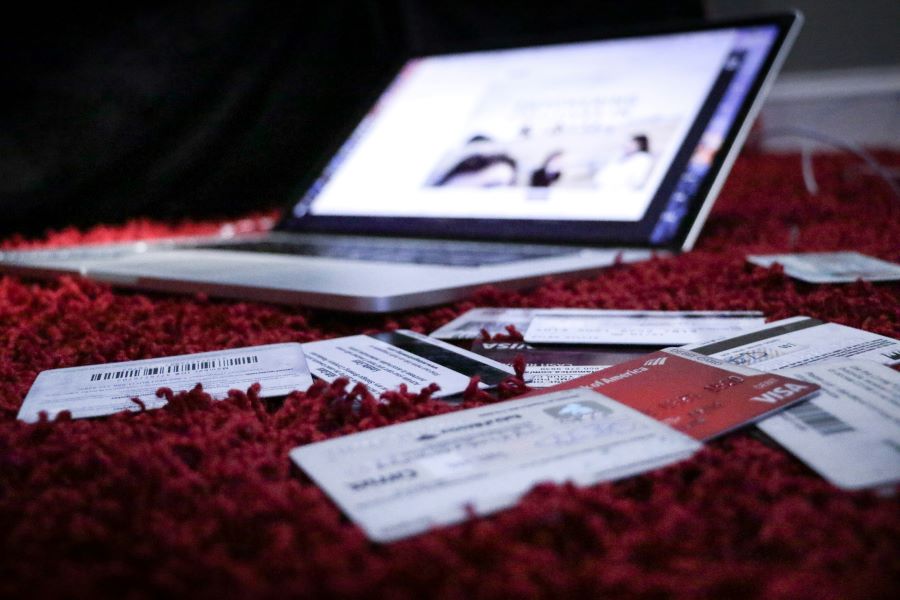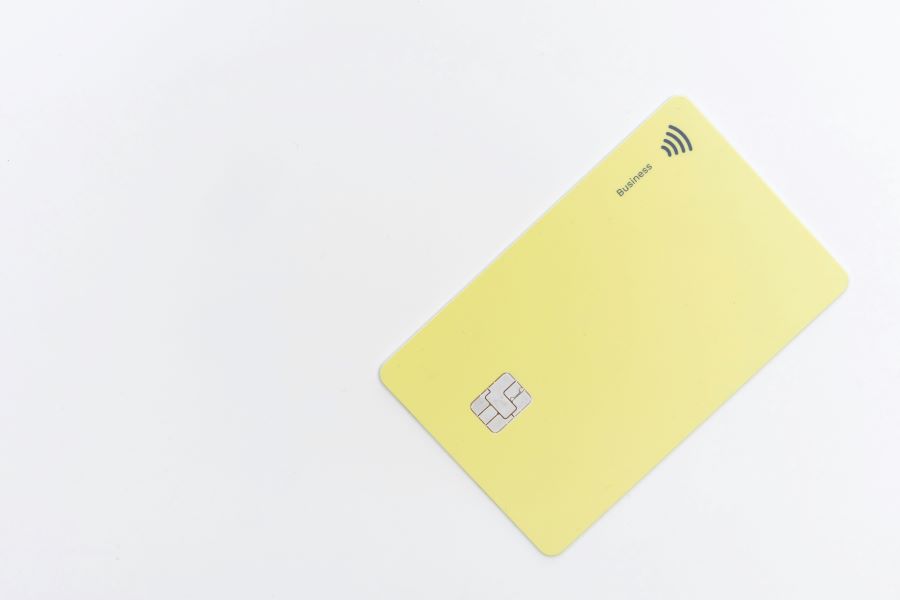Credit cards offer a convenient way to manage finances, make purchases, and build credit score. However, they also come with potential pitfalls, especially if not managed properly. One of the most common traps is paying only the minimum amount due each month.
While it may seem like a viable short-term solution, relying on minimum payments can lead to significant financial problems in the long run. Here’s why paying only the minimum amount on your credit card does not help and how it can impact your financial health.
The Illusion of Minimum Payments
Credit card companies set a minimum payment to ensure they receive at least a small amount of money each month from cardholders. Typically, this amount is a small percentage of the outstanding balance, often around 2-3%. This means if you owe ₹1,000, your minimum payment could be as low as ₹20-₹30. This might sound manageable, but it creates several issues:
- High-Interest Costs: When you pay only the minimum amount, the remaining balance continues to accrue interest. Credit card interest rates are notoriously high, often ranging from 15% to 25% or more. Over time, the interest compounds, and you end up paying significantly more than the original purchase amount.
- Prolonged Debt Cycle: Paying the minimum extends the repayment period. What could have been a manageable debt over a few months stretches into years, with the bulk of your payments going toward interest rather than reducing the principal amount.
- Impact on Credit Score: The credit utilization ratio, which is the amount of credit you’re using compared to your credit limit, heavily influences your credit score. By paying only the minimum, your balance remains high, negatively impacting your credit utilization ratio and, consequently, your credit score.
- Financial Stress: Carrying a high balance month-to-month can lead to financial stress and limit your financial flexibility. Unexpected expenses can become more challenging to manage, and the continuous debt can feel overwhelming.
Read more: How much should you pay on your credit card?
The Long-Term Costs of Minimum Payments
To illustrate the true cost of paying only the minimum, consider a scenario where you have a ₹5,000 balance on a credit card with a 20% interest rate, and your minimum payment is 2% of the balance or ₹50, whichever is higher.
If you make only the minimum payment each month, it would take you over 30 years to pay off the debt, and you would end up paying more than ₹17,000 in interest alone. This is more than three times the original balance, demonstrating how costly minimum payments can be.
Read more: What is the credit card settlement process?
Strategies to Avoid the Minimum Payment Trap
- Pay More Than the Minimum: Aim to pay as much as possible above the minimum payment. Even small additional amounts can significantly reduce the interest paid and the time taken to pay off the debt.
- Budgeting: Create a budget that prioritizes debt repayment. Identify areas where you can cut back on expenses and redirect those savings toward your credit card balance.
- Debt Snowball or Avalanche Method: These are popular strategies for paying off debt. The snowball method involves paying off the smallest balances first to build momentum, while the avalanche method focuses on paying off the highest interest-rate debts first to save on interest costs.
- Balance Transfers: Consider transferring your balance to a card with a lower interest rate or a promotional 0% interest rate. This can provide temporary relief from high interest, but be mindful of transfer fees and the duration of the promotional period.
- Seek Professional Help: If your debt feels unmanageable, consider speaking with a credit counsellor. They can help you create a repayment plan and offer advice on managing your finances.
Read more: 10 ways to increase your credit card limit quickly
Paying only the minimum amount on your credit card might seem like an easy way to manage monthly expenses, but it can lead to severe financial consequences over time. Instead, aim to pay as much above the minimum as possible, create a budget, and consider strategies like balance transfers or professional counselling if necessary. Taking proactive steps to manage your credit card debt can lead to a more secure financial future.
FAQs-
1. What is the minimum payment on a credit card?
The minimum payment is the smallest amount you are required to pay each month to keep your account in good standing. It is typically a small percentage of your total outstanding balance.
2. How does paying only the minimum affect my credit score?
Paying only the minimum keeps your credit card balance high, which negatively impacts your credit utilization ratio. A high utilization ratio can lower your credit score.
3. Can making only the minimum payment lead to more debt?
Yes, because the remaining balance continues to accrue interest. Over time, the interest can accumulate, causing your debt to grow even if you make minimum payments.
4. What are some strategies to pay off credit card debt faster?
Some strategies include paying more than the minimum, using the debt snowball or avalanche methods, creating a budget, and considering balance transfers or professional financial counselling.
5. Are there any benefits to paying only the minimum amount?
The primary benefit is that it keeps your account in good standing and avoids late fees. However, it is not a long-term solution and can lead to significant financial drawbacks due to high-interest costs and prolonged debt.




